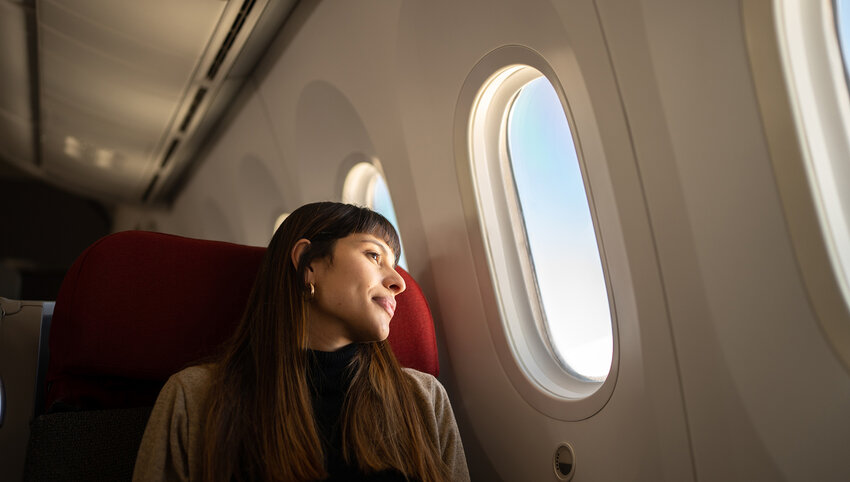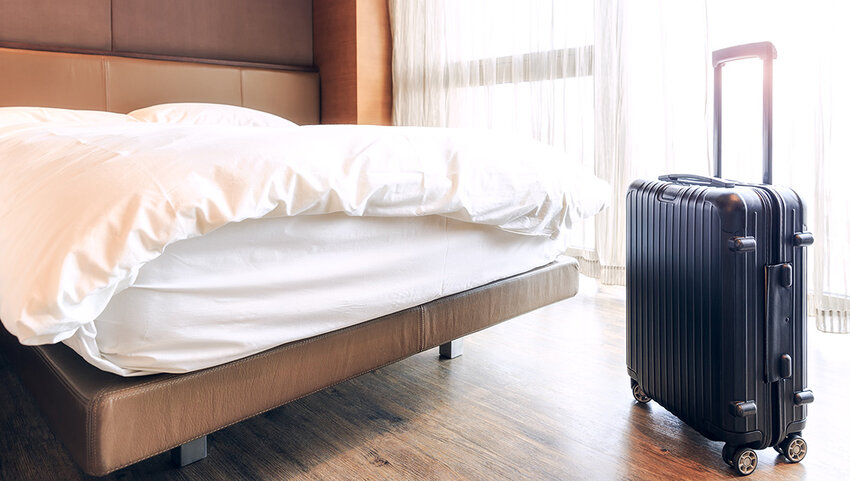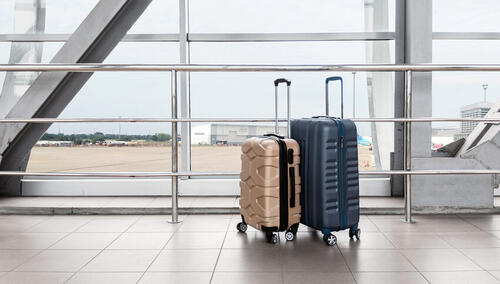It's typical plane procedure for the lights to dim upon take off and landing, but have you ever wondered, why the sudden darkness? From safety precautions to lowering power consumption for the plane's engines, there are myriad reasons why the lights go down on a flight. If you’re still curious, here’s the story behind why airlines dim the lights before landing.
Safety Precautions
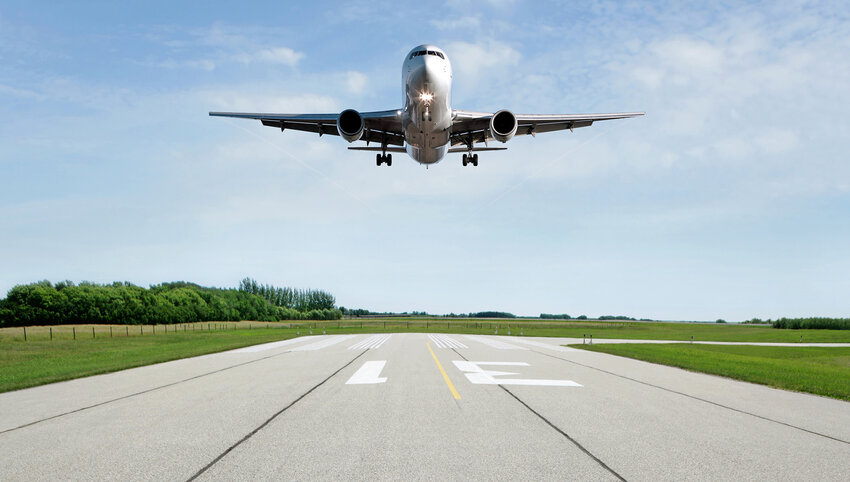
Opening window shades and dimming the lights during takeoff, taxi, and landing has been recognized as a best practice according to United’s AFA since 2020, although it’s been a standard procedure for far longer. Most pilots agree that having the lights dimmed during takeoff and landing is, foremost, a safety measure. Creating a darker atmosphere in the cabin allows passengers to easily seek out the illuminated pathways and emergency signage should something go wrong, both of which are more easily viewed when the cabin is dimmed.
It also helps flight attendants see outside and emergency personnel see into the plane should an emergency arise. The ability to see outside the airplane can aid flight crew in helping passengers choose the best exit to escape from or alert them of any exterior dangers in general. If smoke enters the cabin or a fire breaks out, it's important that safety personnel can see into the interior from the ground to determine where they should focus their efforts.
To Adjust Your Eyes
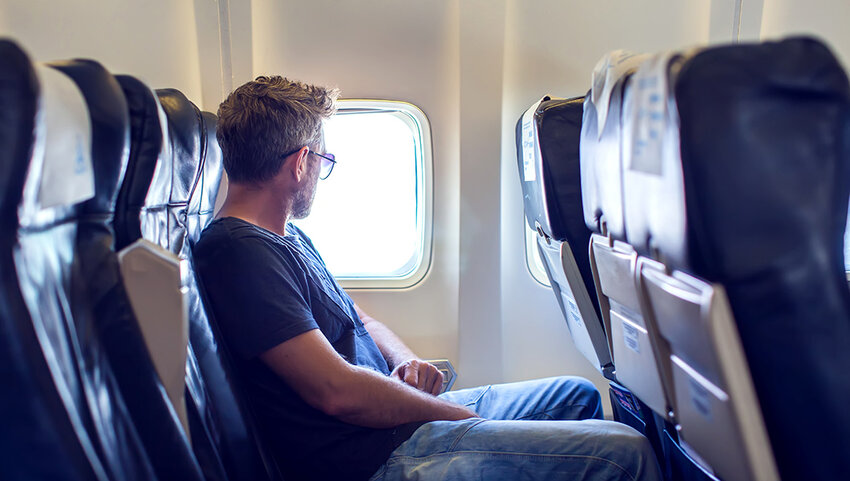
Although rare, planes are most likely to malfunction or run into an external emergency during takeoff and landing. Dimming the interior cabin lights ensures that you’re ready to react should there be an unexpected problem. In the event of an emergency evacuation, airline officials want passengers to be as prepared as possible. According to airline pilot and expert, Patrick Smith, it can take up to 30 minutes for the human eye to adjust to a drastic change in light. Dimming the cabin lights during the most crucial moments of a flight means passengers are less likely to become confused due to light changes during an emergency.
This is the same reason why flight attendants request that you pull up your window shades during takeoff and landing. Should you need to make a quick escape, it’s best that your eyes are adjusted to the outside light whether it be the darkness of night or bright sunshine. Every second counts in an emergency and waiting for your eyes to adjust could certainly become a hazard.
It’s Energy Saving
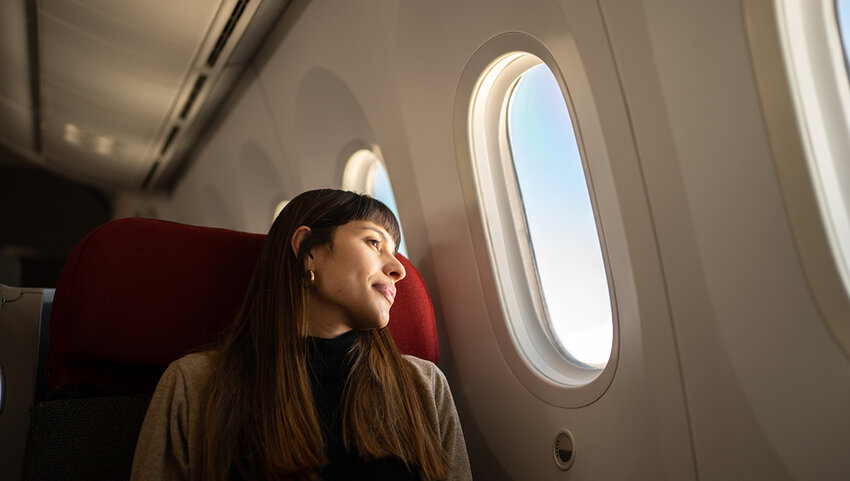
Believe it or not, keeping the lights on uses up quite a bit of energy, further taxing the plane's engine. As takeoff and landing is the most crucial time for operating a plane, it only benefits the engines to add excess power. Conserving power for the engines is yet another reason why the lights are dimmed during takeoff and landing, although possibly the least important one. This is also one of the reasons why lights are sometimes kept dimmed during the entire duration of short flights.

